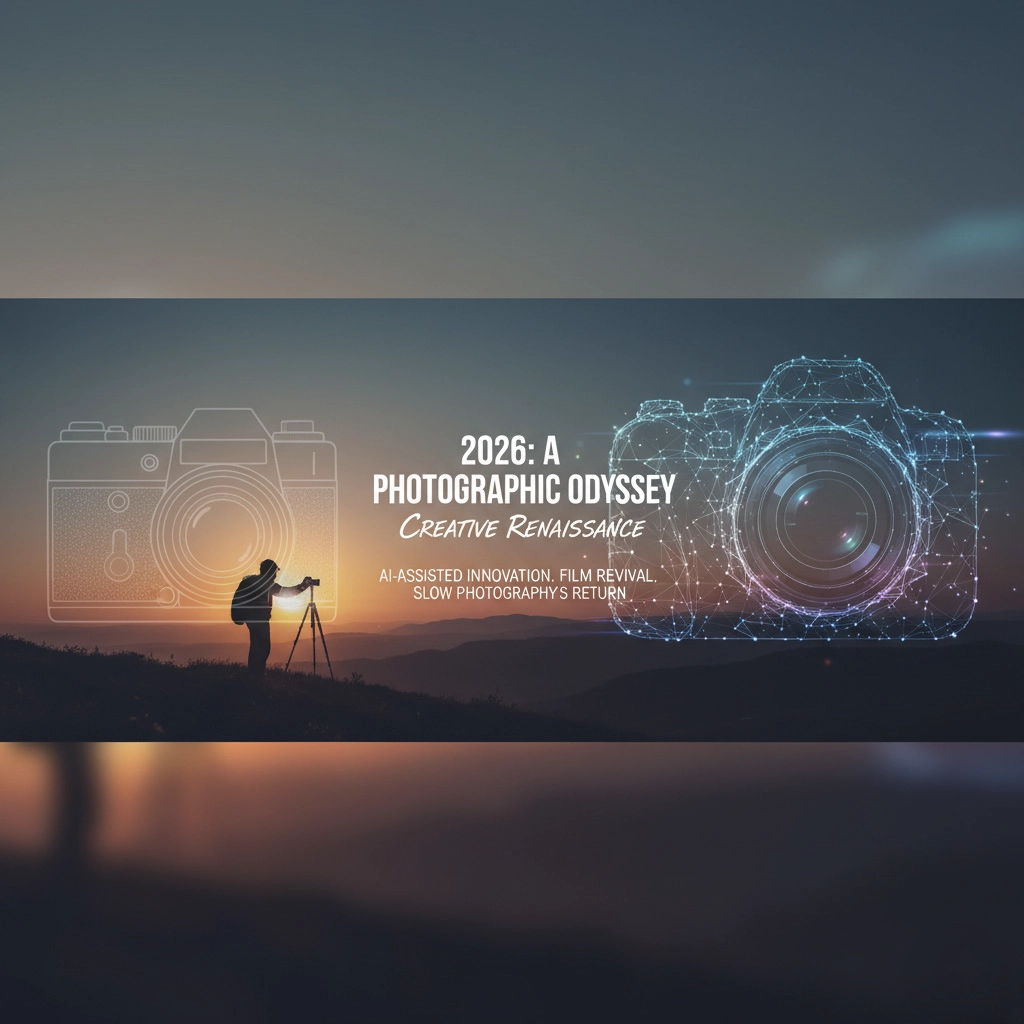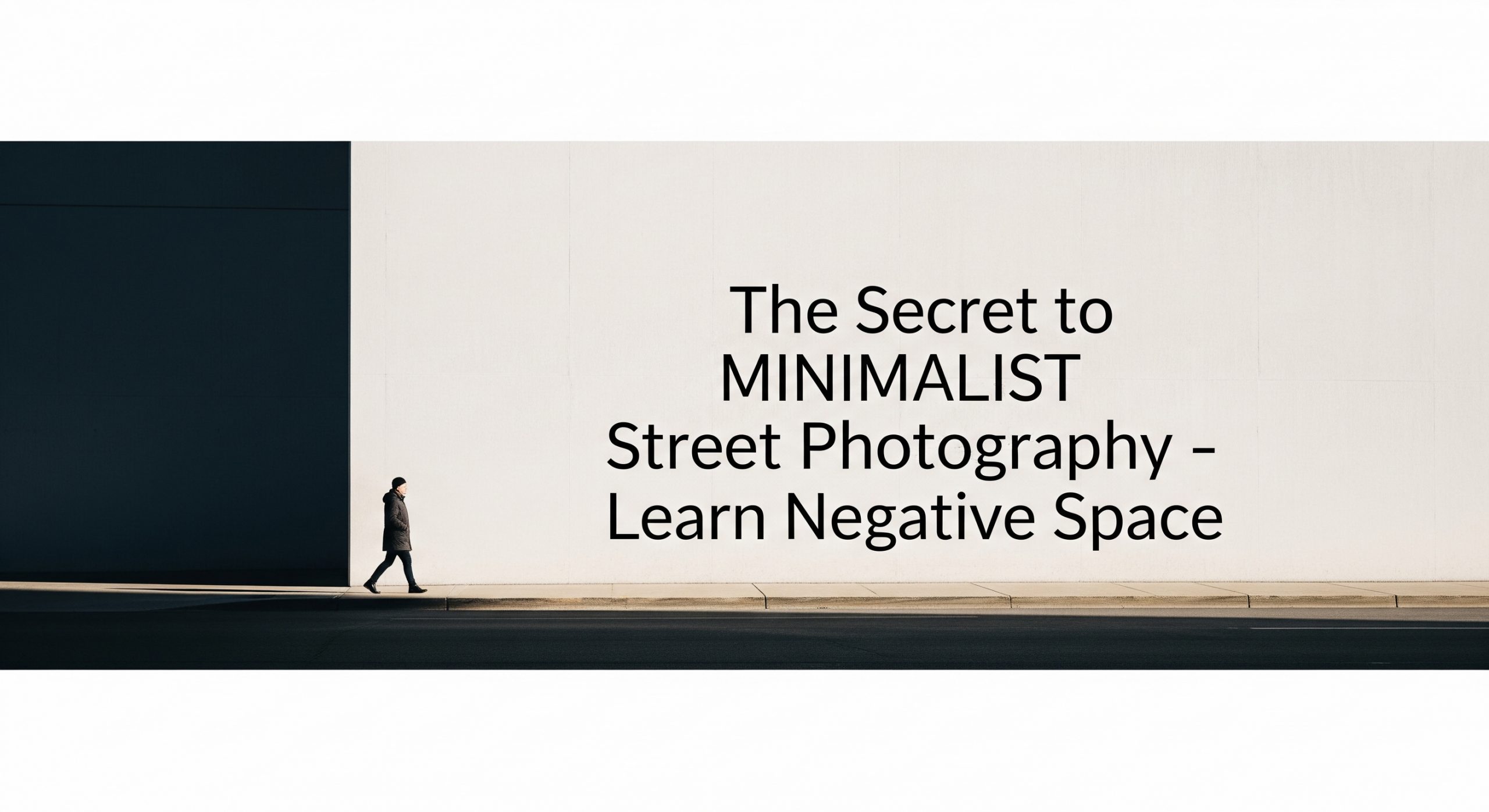
The Secret to MINIMALIST Street Photography – Learn Negative Space
Street photography is often seen as a chaotic blend of movement, crowds, and energy. But within that chaos lies a hidden art form—minimalist street photography. This approach strips away the clutter and noise, allowing negative space to become the hero of the frame. By learning how to use negative space, photographers can create powerful, thought-provoking images that speak louder than busy compositions ever could.
Table of Contents
ToggleIntroduction to Minimalist Street Photography
Minimalist street photography is not about capturing everything happening on a bustling street corner. Instead, it’s about finding calm in the middle of urban life. Through carefully framed compositions, muted details, and empty spaces, photographers highlight subjects in a way that feels both artistic and profound.
What Makes Street Photography Minimalist?
At its core, minimalist photography emphasises simplicity. Unlike traditional street photography, which thrives on busyness, minimalism removes distractions. The result? A frame that breathes. A story that resonates. A subject that stands alone, commanding attention.
The Philosophy Behind Simplicity in Urban Spaces
Minimalism is more than a style—it’s a mindset. It teaches us to appreciate the beauty of a single figure against a vast wall, the elegance of a lone shadow cast across pavement, or the silence in an empty alleyway. It’s proof that less truly can be more.
Understanding Negative Space in Photography
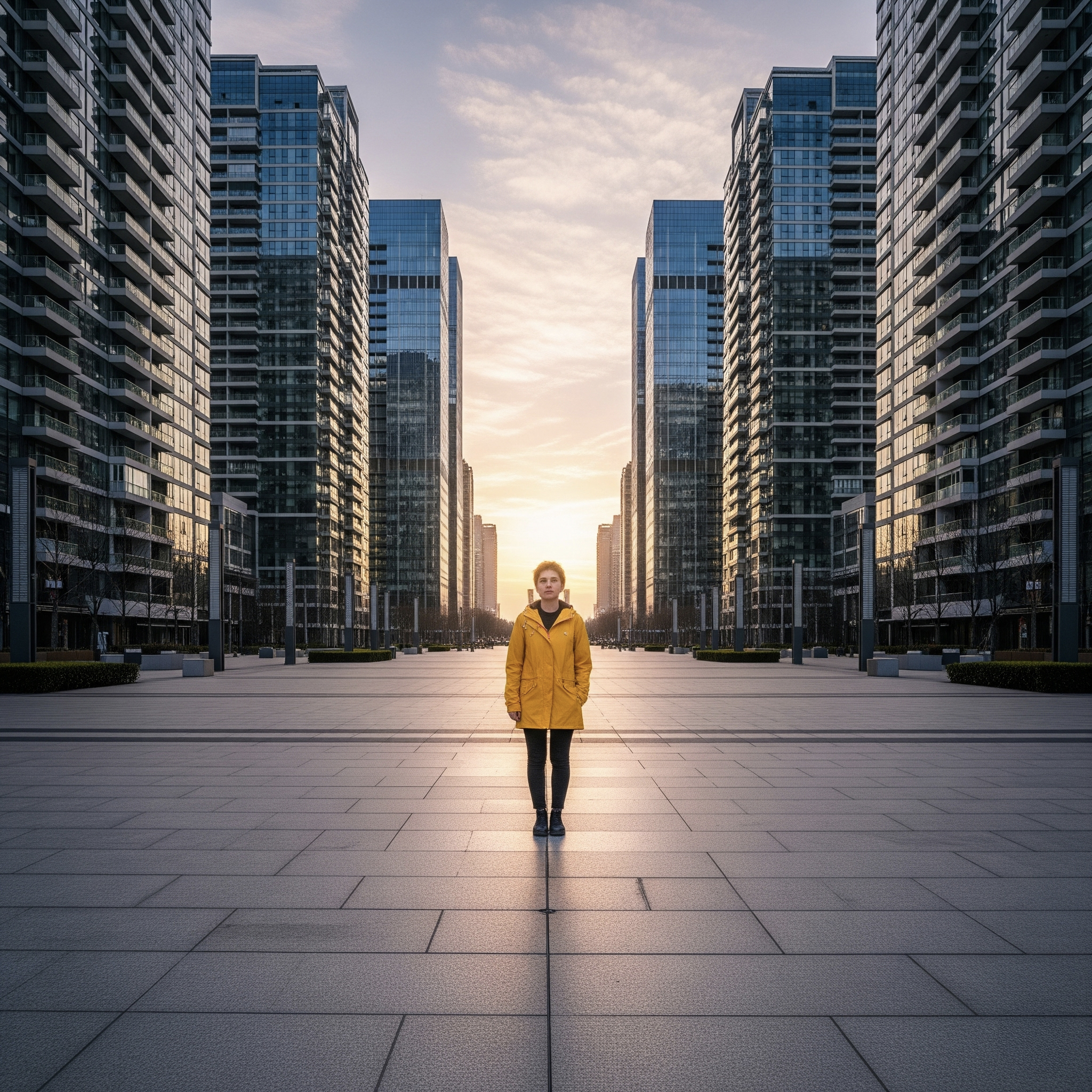
What Is Negative Space?
Negative space refers to the empty areas around your subject. It could be a blank wall, a stretch of sky, or even a shadowy street corner. Rather than filling the frame, you leave room for silence. This emptiness doesn’t weaken the photo—it strengthens it.
How Negative Space Creates Emotional Impact
When used effectively, negative space:
- Creates a sense of calm and balance
- Draws the eye directly to the subject
- Adds an element of mystery or isolation
- Enhances the storytelling power of the image
Examples of Negative Space in Street Photography
Picture a lone figure walking under a massive overpass. Or a cyclist framed against a wide, whitewashed wall. These aren’t “empty” photos—they’re filled with atmosphere, emotion, and depth.
Why Minimalism Works in Street Photography
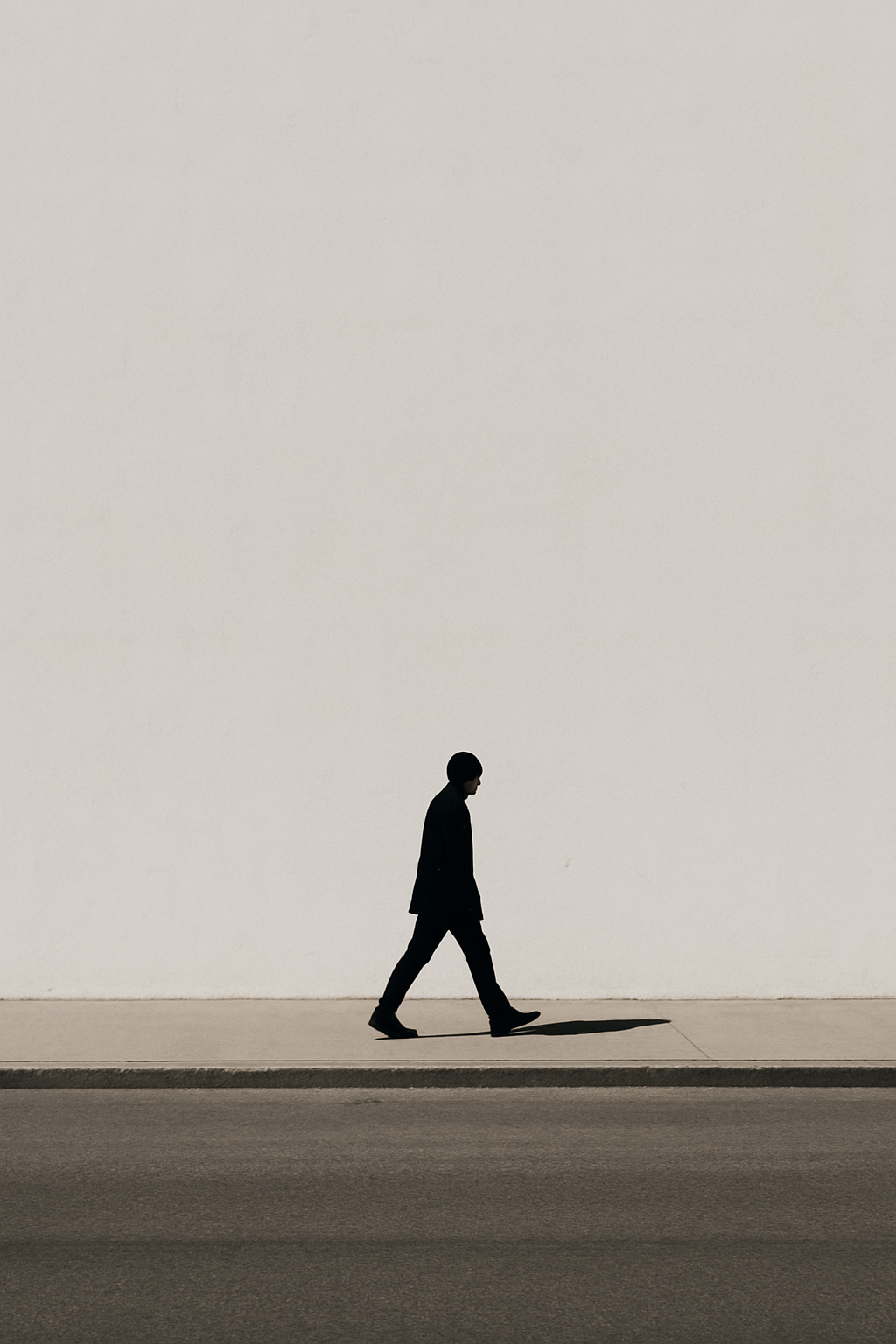
The Role of Contrast and Simplicity
Minimalism allows strong contrasts—between light and dark, subject and background, movement and stillness—to stand out. Instead of being lost in clutter, the subject becomes the focus.
How Empty Spaces Tell a Story
Every empty space speaks. It might suggest loneliness, peace, or even rebellion against the chaos of modern life. In minimalist street photography, the background isn’t just filler—it’s part of the narrative.
Techniques for Mastering Negative Space
Framing and Composition
The way you frame your subject is everything. Minimalism thrives on intentional placement.
Rule of Thirds with Negative Space
Placing your subject off-center leaves more room for negative space. This asymmetry often feels more natural and powerful.
Using Symmetry and Asymmetry
Balance doesn’t always mean equal halves. Sometimes, an off-balance frame emphasises your subject even more.
Colour vs. Black and White Minimalism
- Colour minimalism uses bold walls, skies, or surfaces to highlight subjects.
- Black and white minimalism strips the photo down to light, shadow, and shape, offering timeless elegance.
Playing with Light and Shadows
Light and shadows naturally create negative space. A single beam of light cutting through a dark alley can isolate a subject beautifully.
Practical Tips for Minimalist Street Photographers
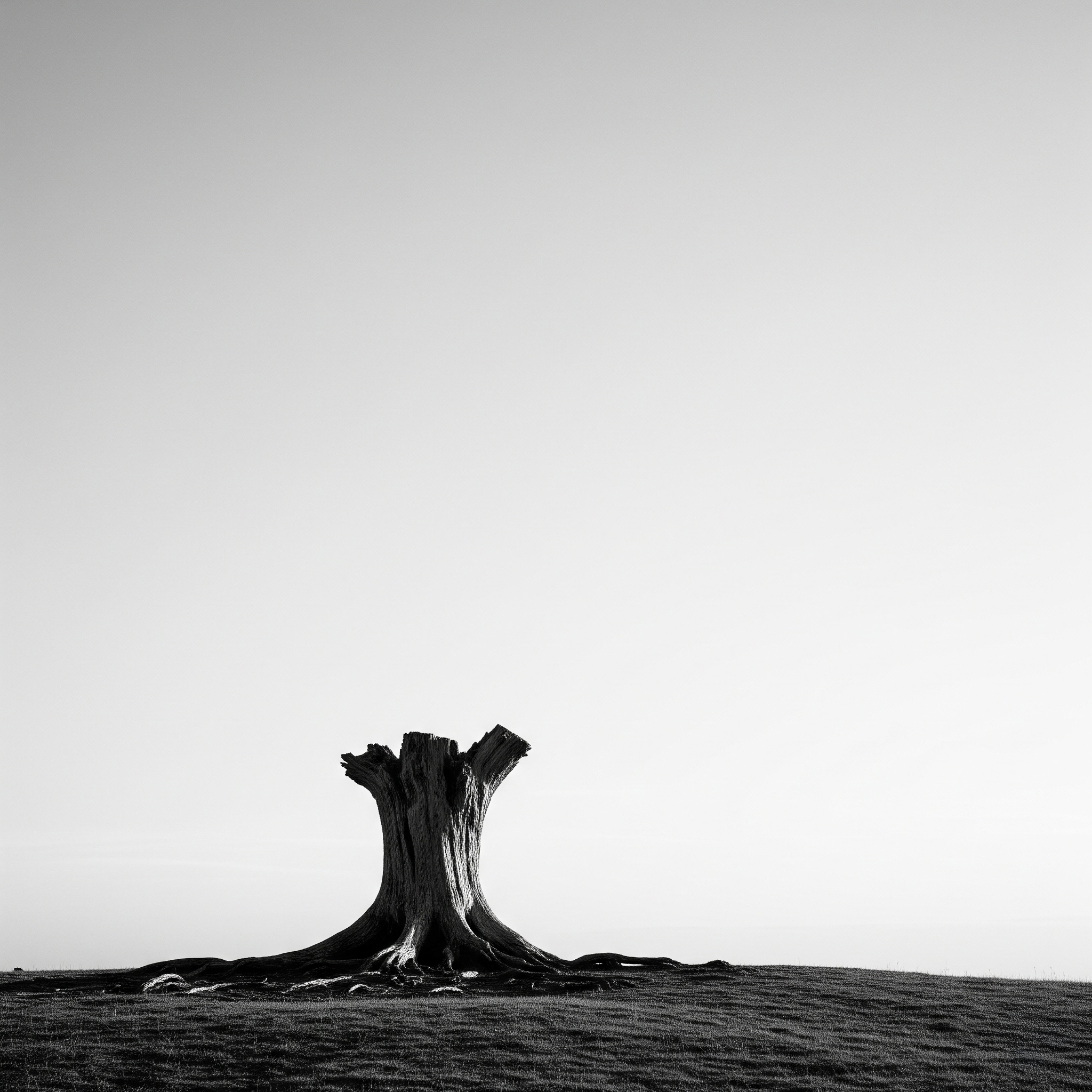
Choosing the Right Gear
You don’t need the most expensive camera. A small mirrorless or even a smartphone works. What matters most is your eye for simplicity.
Best Camera Settings for Minimalist Shots
- Shoot in manual mode for control.
- Use wide apertures for subject isolation.
- Adjust exposure to avoid losing detail in empty backgrounds.
Scouting Locations with Natural Negative Space
Look for:
- Large walls
- Empty streets
- Open skies
- Long shadows
These become natural frames for your subjects.
Common Mistakes to Avoid
Overfilling the Frame
Beginners often try to capture too much. Minimalism means editing in-camera.
Ignoring Subject Isolation
The subject should stand out. If the background competes, the photo loses its impact.
Misusing Empty Space
Too much emptiness without intention feels lazy. Balance is key.
Inspirational Street Photographers Using Minimalism
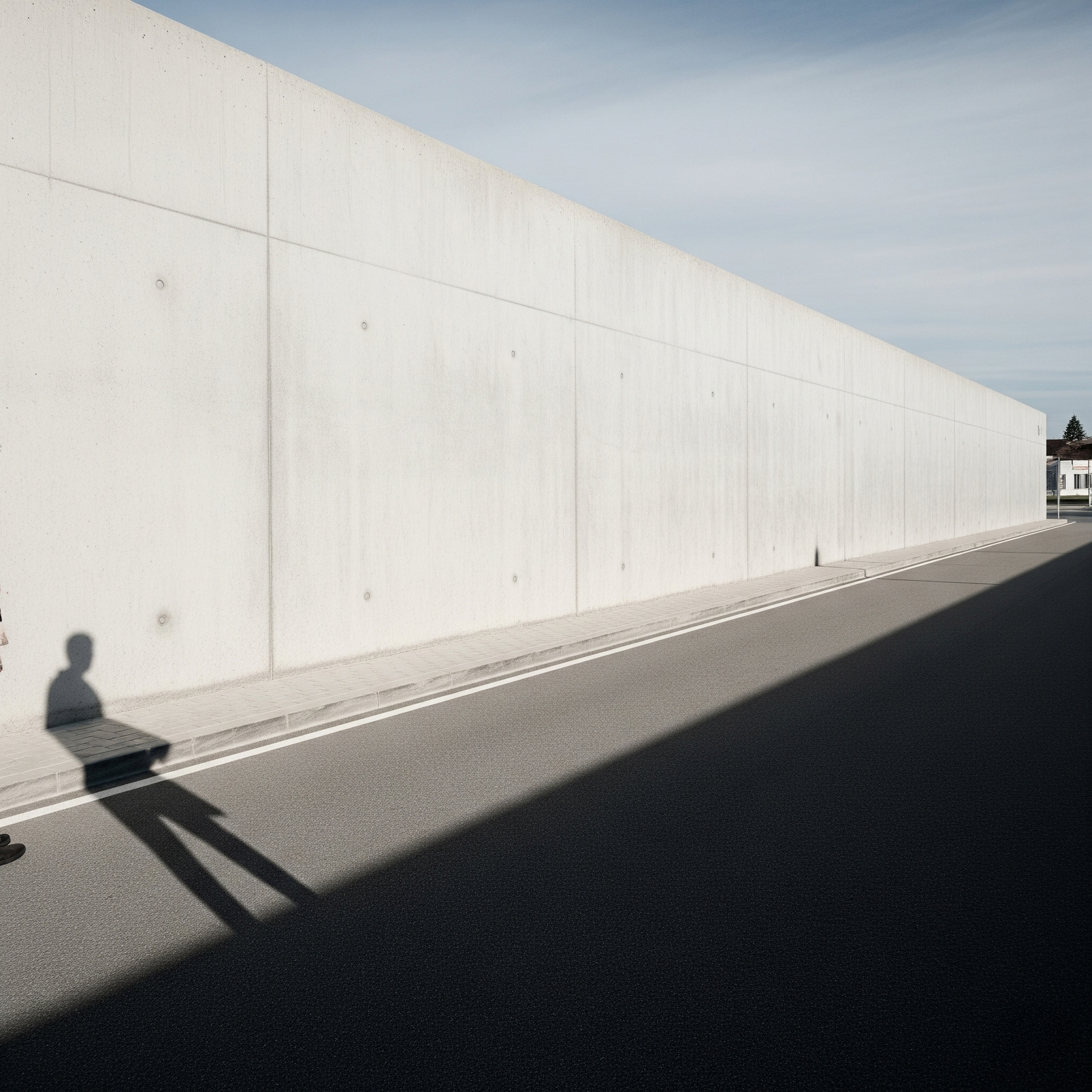
Masters of Negative Space in Photography
Photographers like Fan Ho and Saul Leiter used minimalism masterfully—capturing urban solitude and poetic emptiness.
Contemporary Minimalist Street Artists
Modern creators on Instagram and street photography communities continue to push this style forward, blending tradition with fresh perspectives.
FAQs About Minimalist Street Photography
Q1: What is the main rule of minimalist street photography?
A: Simplicity—focus on one subject and use negative space to enhance it.
Q2: Can I shoot minimalist street photography with a smartphone?
A: Absolutely! The key is composition, not equipment.
Q3: Should I shoot in black and white or colour?
A: Both work. Black and white emphasises form and contrast, while colour can highlight bold minimalism.
Q4: How do I find negative space in a busy city?
A: Look for blank walls, empty alleys, or strong shadows—they exist even in chaos.
Q5: Is negative space the same as empty space?
A: Not exactly. Empty space without intention is nothing. Negative space is purposeful.
Q6: How can I practice minimalism daily?
A: Challenge yourself to capture one subject per frame. Strip away everything else.
Conclusion – Finding Beauty in Empty Spaces
Minimalist street photography isn’t about doing less—it’s about seeing more with less. By embracing negative space, you unlock a world of storytelling hidden in silence, simplicity, and restraint. The next time you’re on the street, resist the urge to capture it all. Instead, let space breathe. Let your subject shine.
? Minimalism proves that the loudest stories are often told in whispers.
Stephen Paul Young
I’m Steve (Stephen Paul Young), a landscape, digital and film photographer with a deep love for capturing the beauty of nature, light, and atmosphere. Whether I’m out at dawn chasing the perfect sunrise, exploring woodland trails, or experimenting with black-and-white film, photography is my way of seeing the world. I’m drawn to the small details and the big vistas alike, always looking for that moment where light, texture, and emotion come together. For me, photography isn’t just about taking pictures—it’s about storytelling, connection, and the joy of being present in the landscape.
You May Also Like

Yellow Filter Photography: My Test with the Pig Iron Filter at Calleva Atrebatum
14 April 2025
A Mornings Photography at RSPB Ham Wall
30 March 2025
